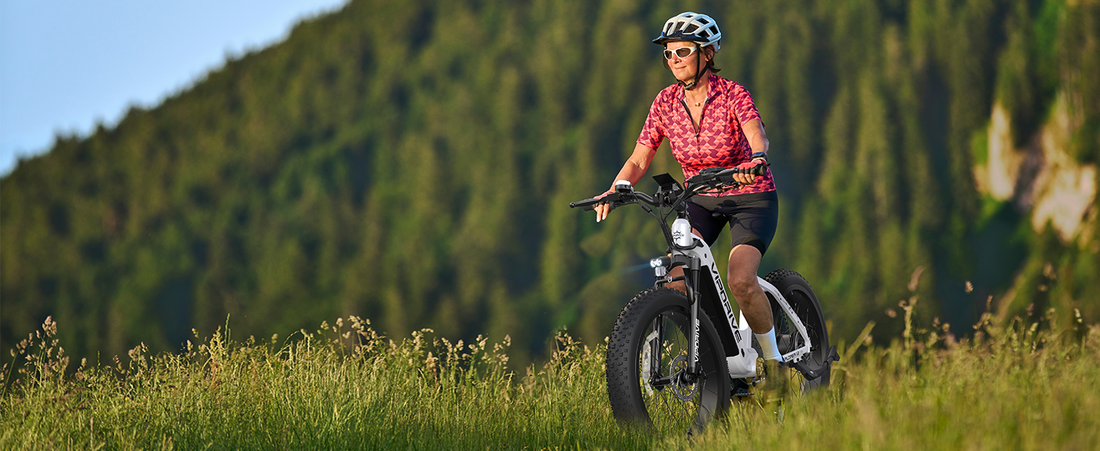Bicycles and electric bicycles (E-bikes) have similarities in their basic structure, but there are some key differences in their power sources, performance characteristics and user experience:
1. Power Source
- Bicycles: rely entirely on human power and are driven by the rider's pedaling force.
- E-bikes: In addition to human power, they are also equipped with batteries and motors to provide electric assistance to reduce the rider's physical exertion.
2. Assistance System:
- E-bikes are usually equipped with sensors and controllers that can automatically adjust the output of electric assistance according to the rider's speed and pedaling force.
3. Batteries and Motors:
- E-bikes have built-in batteries and motors, while **bicycles** do not have these electrical components.
4. Endurance:
- The endurance of a bicycle depends on the rider's physical strength and endurance.
- The endurance of an e-bike is limited by the battery capacity and the mode of use (pure electric or assisted).
5. Speed:
- The speed of a bicycle is completely controlled by the rider and is usually slow.
- E-bikes can reach higher speeds, especially with the help of electric assistance.
6. Usage scenarios:
- Bicycles are suitable for short-distance travel and leisure sports, which require a certain amount of physical strength.
- E-bikes are suitable for long-distance commuting, leisure sports, and for people who are not suitable for riding, such as the elderly or people with physical disabilities.
7. Maintenance and cost:
- Bicycles are relatively simple to maintain and have low costs.
- E-bikes require regular inspections of the battery and motor, and the maintenance cost is relatively high.
8. Environmental friendliness:
- Both are environmentally friendly ways to travel, but **E-bikes** may be more popular because they use electricity.
9. Regulatory requirements:
- In some areas, e-bikes may need to comply with specific regulations, such as speed limits, helmets, or registration and insurance, while **bicycles** usually do not have these requirements.
10. Market positioning:
- Bicycles are generally seen as a healthy and leisurely way.
- E-bikes are more often seen as a means of transportation, especially in urban environments.
In general, bicycles and e-bikes each have their own advantages, and which one to choose depends on personal needs, physical condition, travel distance, and speed requirements.




